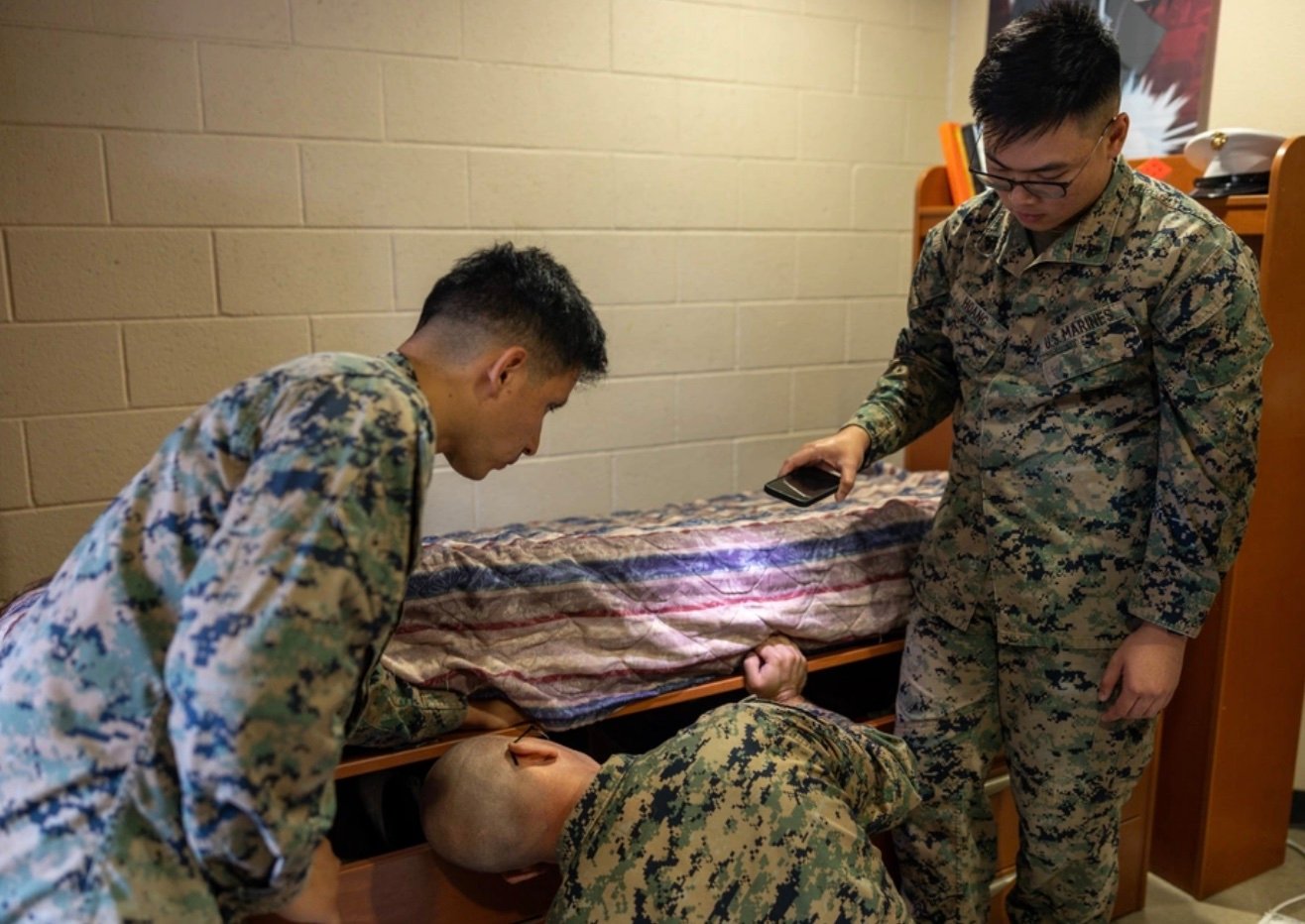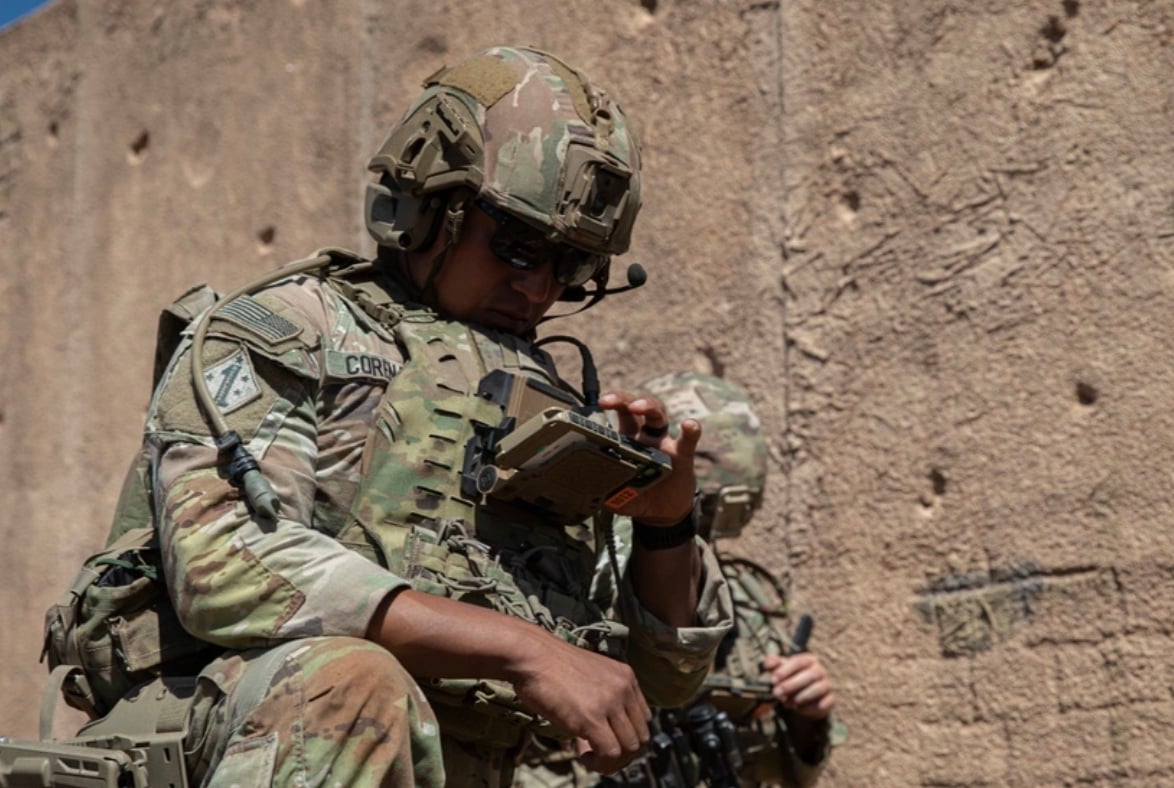U.S. Army Soldiers who deployed to select countries in the Middle East and Africa between October 7, 2023, and June 24, 2025, are now authorized to wear the combat patch, officially known as the Shoulder Sleeve Insignia for Military Operations in Hostile Conditions (SSI-MOHC).
The expanded policy, signed by Army Chief of Staff Gen. Randy George and announced in a release from Army G-1, applies to Soldiers in the Regular Army, Army National Guard, and U.S. Army Reserve who served for at least one day in the following countries:
Bahrain, Egypt, Iraq, Israel, Jordan, Kuwait, Lebanon, Oman, Pakistan, Qatar, Saudi Arabia, Syria, United Arab Emirates, and Yemen.
The directive does not include any pay entitlements—such as hostile fire pay, imminent danger pay, or combat zone tax exclusion—but acknowledges the inherent risks faced by Soldiers operating in those areas during a period marked by increased regional conflict.

The eligibility window spans a volatile stretch of time that began with Hamas’s October 2023 attack on Israel, triggering a prolonged conflict in Gaza. Since then, U.S. forces in the region have been engaged in a range of combat support and defensive operations:
- Repeated attacks on U.S. bases by Iran-backed militias in Iraq and Syria, including the deadly drone strike on Tower 22 in Jordan in January 2024.
- The Houthis’ missile campaign against international shipping and U.S. Navy warships in the Red Sea.
- Air defense operations against Iranian drones and missiles launched toward Israel.
- The recent U.S. strikes on Iranian nuclear sites and subsequent retaliation at Al Udeid Air Base in Qatar.
Until now, Army policy generally required deployed Soldiers to serve in a recognized combat zone with additional qualifiers such as receiving hostile fire or imminent danger pay to rate the combat patch. This new guidance waives that requirement, recognizing that modern military operations often place troops in hazardous situations even without direct enemy contact or official combat designations.
The Army stated:
“These changes acknowledge the inherent risks and challenges faced by Soldiers in these locations and timeframes. Awarding the combat patch reflects the Army’s commitment to recognizing the contributions and sacrifices of all Soldiers serving in these operational environments.”
Notably absent from the list is Somalia, where U.S. forces continue to conduct airstrikes and partner operations against al-Shabaab. The omission comes despite the death of two Navy SEALs off Somalia’s coast earlier this year and ongoing activity in the region.
The combat patch policy update follows broader recognition efforts across the military. Naval personnel supporting Red Sea operations have received the Combat Action Ribbon, while troops involved in recent missions are authorized to receive various awards, including the Global War on Terrorism Expeditionary and Service Medals, or the Inherent Resolve Campaign Medal for operations in Iraq and Syria.
Soldiers eligible for the new SSI-MOHC authorization may now wear the patch of their deployed unit on the right sleeve of their uniform, symbolizing service in hostile conditions—whether under fire, supporting combat operations, or standing by in high-threat environments.
© 2025 The Salty Soldier. All rights reserved.
This article may not be republished or redistributed without express written consent from TheSaltySoldier.com.




